
- As climate change leaves some ingredients unavailable, chefs are shifting from luxury imported ingredients to home-grown, locally sourced and heritage produce
It was after calling an ambulance for the fifth time that chef Ana Roš knew the time had come. As another guest was carried out on a stretcher, she said to herself, “I’m killing people here.”
She had already “saved the cheese” a few years earlier by putting air conditioning in the cellar she had dug out of the mountainside to age the sweet, slightly spicy Tolminc cheese of the region. Last May, the temperature inside her cellar was 10 degrees Celsius higher than it should have been.
Roš grows almost everything she serves at Hiša Franko, which is currently ranked No 34 in the World’s 50 Best Restaurants list, in her high-altitude gardens.
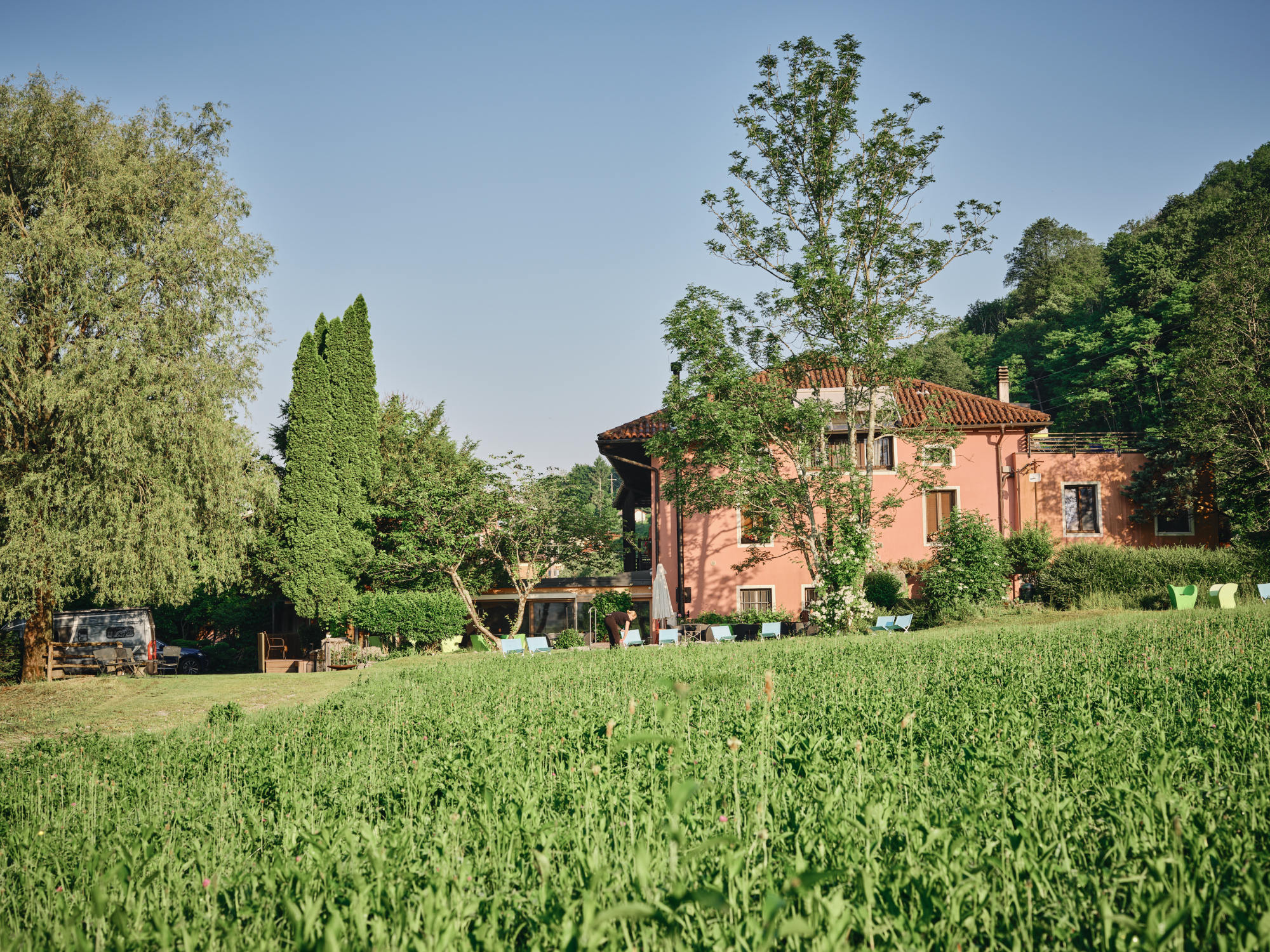
The changes here have been drastic, too, going from a cool climate “lovage and tarragon” garden to one “best suited for rosemary and basil”, which thrive in higher temperatures of around 22 to 32 degrees Celsius.
“It used to rain a lot here. We understand now what a blessing the rain is,” says Roš. “We can see the changes especially clearly in the past two or three years.
8 places to enjoy a delicious Easter in Hong Kong – vegans, vegetarians too
“Now the rain is a month too early, or it doesn’t come, or if it comes it’s so heavy the dried-out soil can’t absorb it and we get angry floods.
“There’s less snow on the mountains, less water in the rivers. It’s very obvious. In 20 years we’re going to have the climate of Crete.”
On the other side of the world, chef Supaksorn “Ice” Jongsiri is facing his own climate-change challenges.
For the past two years he has been unable to offer a seasonal menu at Sorn, his traditional southern Thai restaurant in Bangkok that is No 39 on the World’s 50 Best Restaurants list.
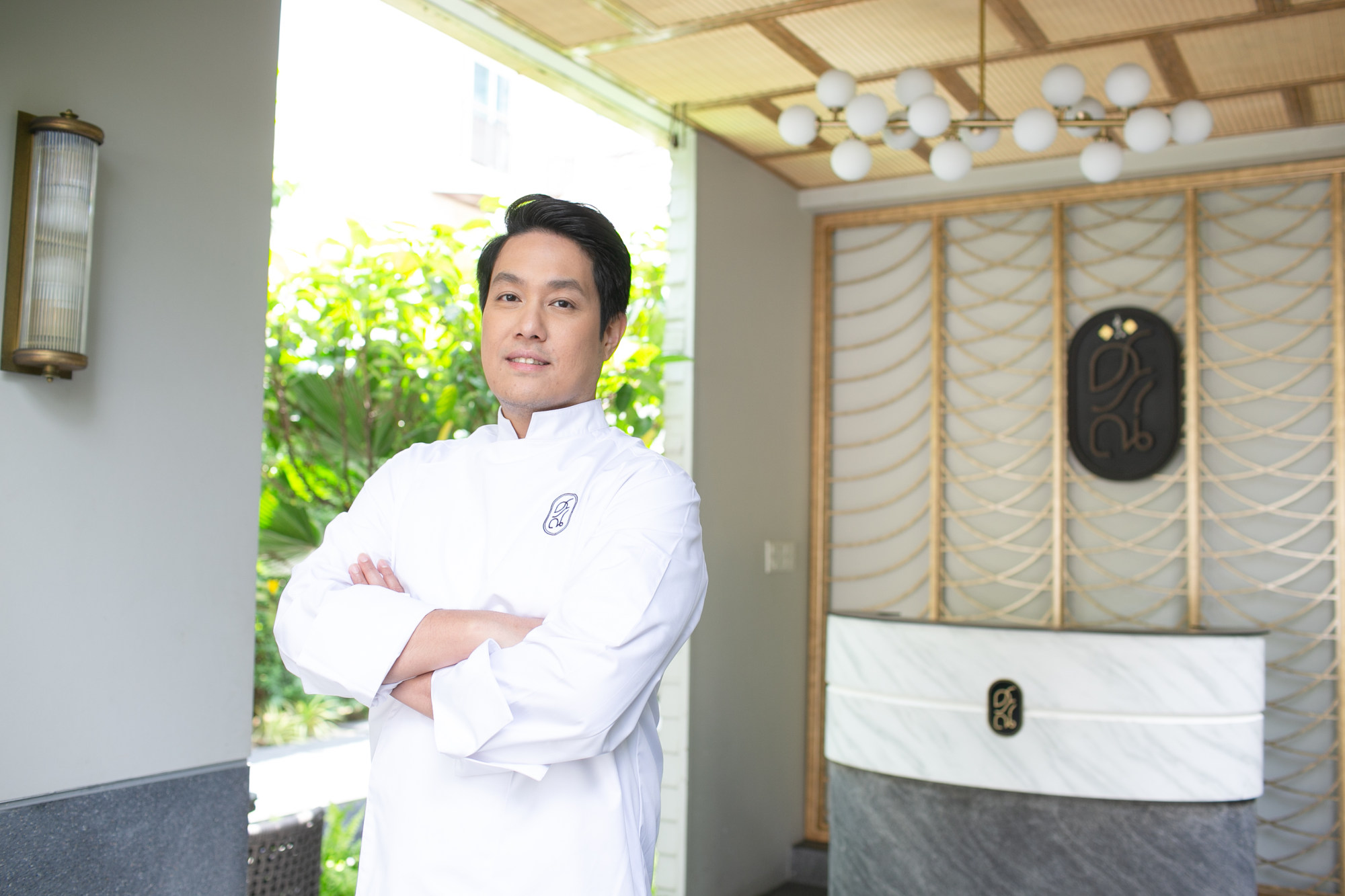
Ingredients that were plentiful when he was growing up, and were a mainstay during his years as a chef, are not appearing in their usual season, or have disappeared entirely.
As southern Thailand is surrounded by water, with the Gulf of Thailand to the east and the Andaman Sea to the west, seafood is a major part of the cuisine, and many livelihoods rely on fishing.
“Rising water temperatures are having a big impact on marine life. Last year’s abalone season was disrupted, for example, so we had to serve alternative dishes, and the small, sweet prawns that we love down south are almost impossible to find these days,” says Supaksorn.
“That we might forever lose these ingredients, and the flavours they bring to our traditional dishes, scares me.”

In South Africa, too, climate change is glaringly obvious, not least when Cape Town, in 2018, after years of drought, became the first major city in the world to fear running out of drinkable water.
Many wild ingredients have been affected, says Peter Tempelhoff, chef-owner of Fyn, a fine-dining restaurant in central Cape Town that brings a Japanese approach to African ingredients and was ranked The Best Restaurant in Africa 2022 by the World’s 50 Best Restaurants.
“Seasons are blending together in Cape Town. Our winters are now warm and sunny, whereas before we were battered with cold, heavy storms,” he says. “Fish are susceptible to slight changes in ocean temperature. We should have a tuna season but they’re pushing out farther to sea where it’s cooler.”
Despite Cape Town having access to the Atlantic and Indian oceans, and a rich coastline sheltering oysters, prawns, langoustines and many more species among its 700-plus varieties of seaweed, sourcing fish and shellfish is becoming more difficult and more expensive.

“You would think we have lots of fish to choose from, but most of it is exported,” Tempelhoff says. “The fishermen are getting dollars and pounds for it, so I don’t blame them for that. But we see very little on the shelves or in markets.”
The effects of climate change are myriad, complex and interconnected. For chefs such as Roš, there is only one possible response: adapt.
“It’s already too late, we have to adapt,” she says. “When you source from nature, you cook what the garden gives, and plant what grows. It’s wrong thinking to only plant traditional species.”
Mauro Colagreco, the first chef to be appointed by Unesco as a goodwill ambassador for biodiversity, shares Roš’ view. He has been putting a similar strategy into practice at his five-hectare garden in Menton, in the South of France, for the past decade.
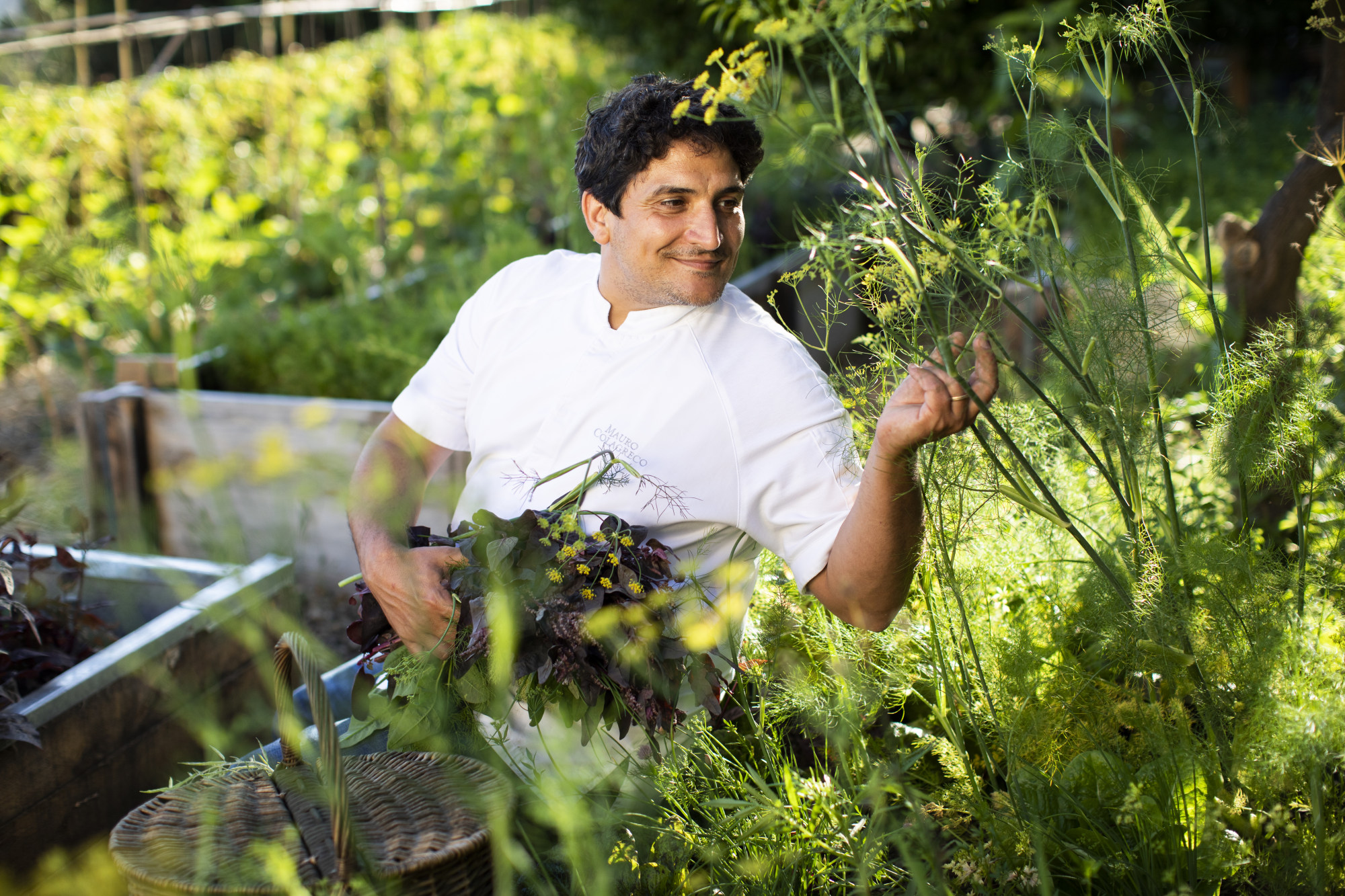
The garden supplies his three-Michelin-star Mirazur, the World’s Best Restaurant in 2019 and the first to earn plastic-free accreditation.
Even though summer heatwaves baked Europe last year, and southern France remained parched with no rain from the beginning of April to the end of October, practically all of Colagreco’s plants survived. These include 39 varieties of tomato from a seed bank of 200, and 500 fruit trees.
He attributes the garden’s success in weathering climate extremes to his biodynamic (organic farming that works with the rhythms of nature and includes spiritual concepts) and permaculture (also organic, with a systems approach to farming) principles, which led to him protecting the soil and creating microclimates.
He composts organic waste from his kitchen, and covers the soil with mulch and hay to retain moisture, while his planting mimics forests, with big trees creating a protective sun shade that traps humidity.
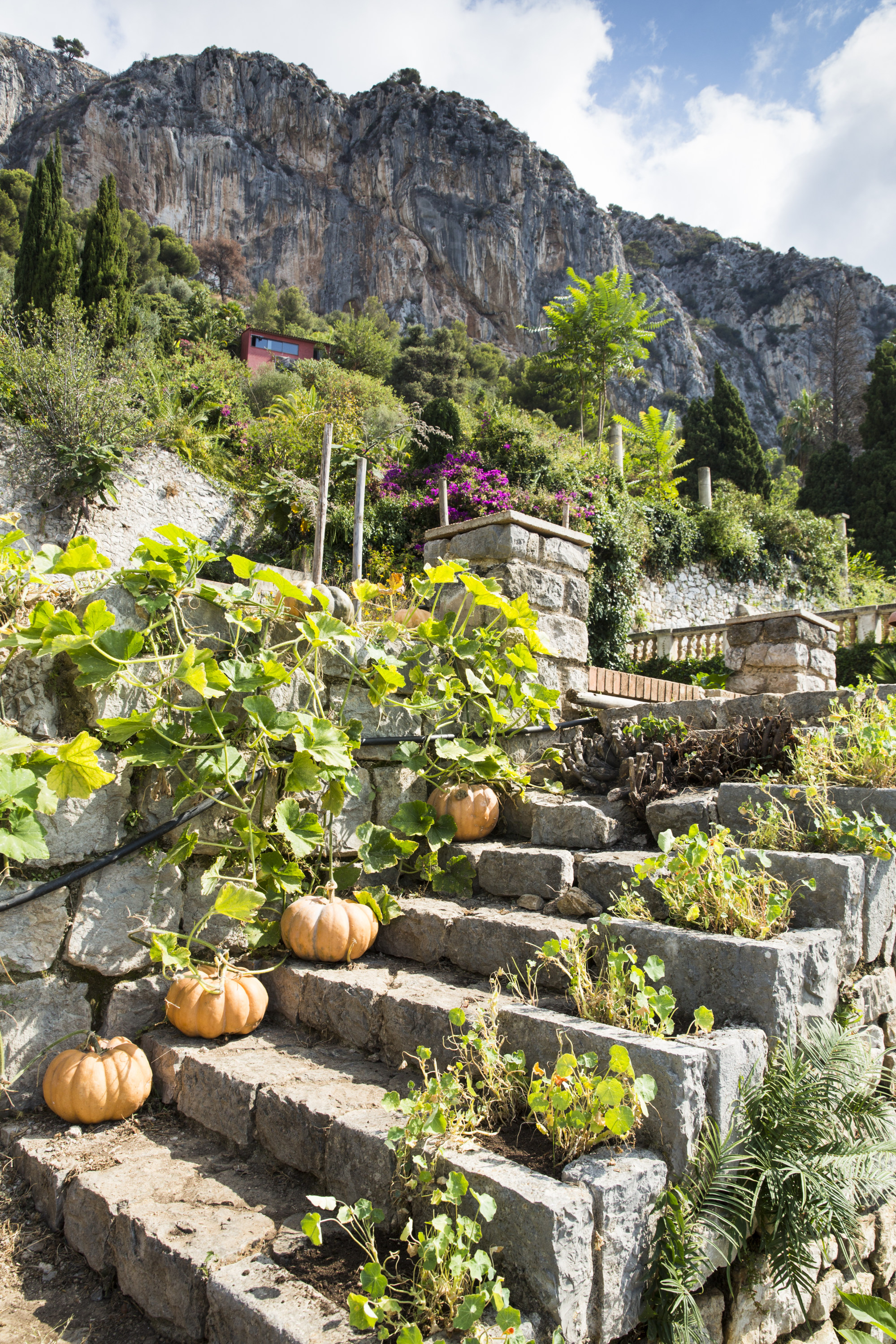
“Plants have survived past climate changes, even surviving the last ice age,” he says. “We have to believe in the capacity of nature to adapt, and change the way we produce our food. For that we need to understand nature.”
His garden has evolved into a year-round, open-air research workshop called Sanctuaries del Mirazur. It is set up on three levels, running from sea level up to the mountains of the Alpes-Maritimes region, each with its own ecosystem.
Along with growing aromatic herbs and Menton’s famous lemons, he is now experimenting with passion fruit and papaya. He is also attempting to grow cactus, aloes and edible grasses, mimicking dry Mexican and Baja California ecosystems.
France may seem an unlikely location for a semi-desert or tropical garden, but Colagreco says his tropical garden is especially thriving.
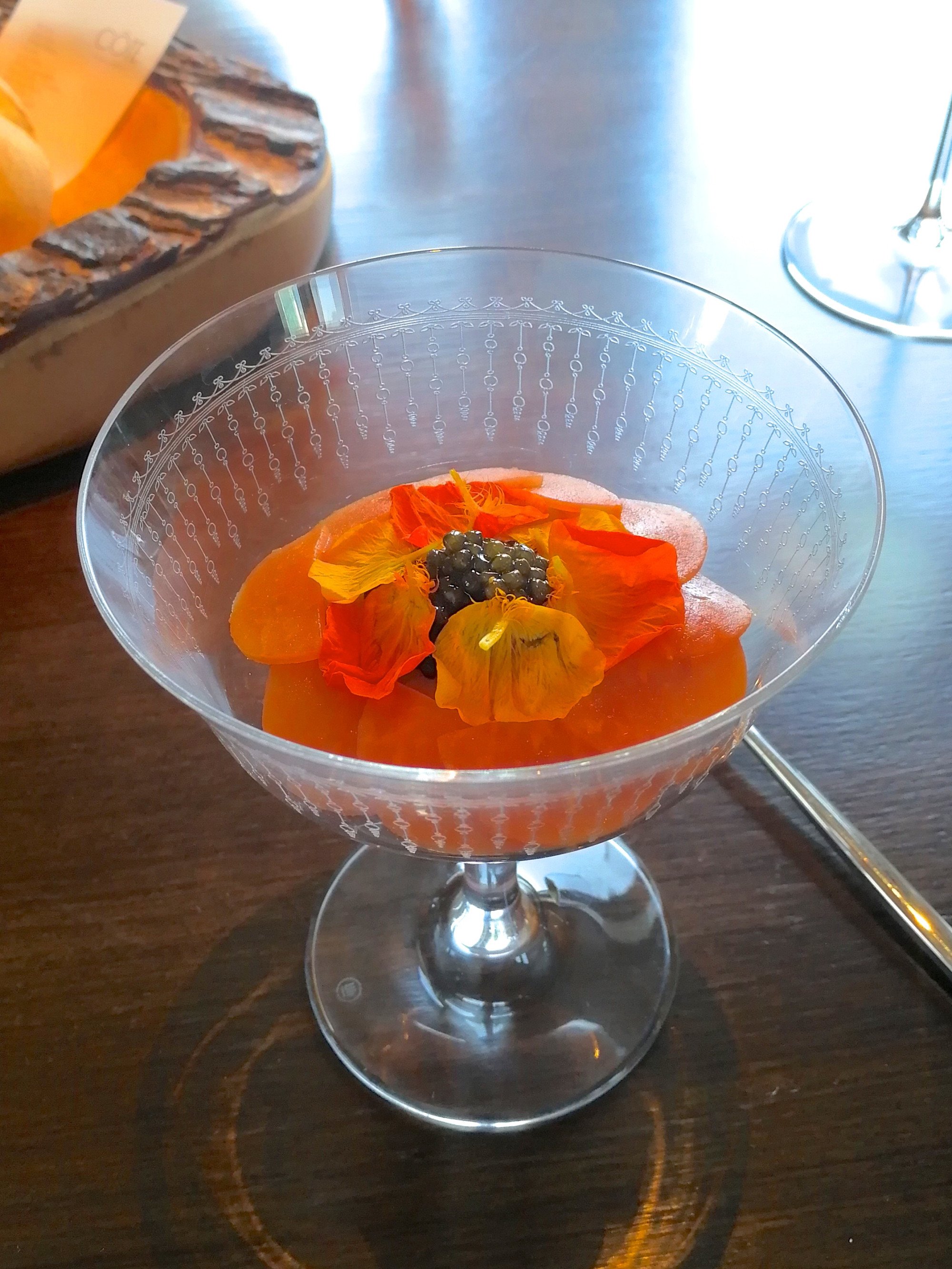
“We’re starting from zero,” he says, “creating different ecosystems to see which are the most adaptable. The tropical vegetation is growing well as it has the capacity to handle high temperatures.”
Colagreco has carried his strategy of adaptation to Thailand, and his Michelin-starred Côte by Mauro Colagreco, in the Capella Bangkok hotel, opened in 2020.
While Côte does not have a farm in Thailand, head chef Davide Garavaglia, who was Colagreco’s right-hand man at Mirazur before moving to Asia, works closely with local suppliers to source as much local, sustainable produce as possible.
Sustainability needs to replace our old-fashioned idea of luxuryMauro Colagreco, chef-owner of Mirazur in France and Côte in Bangkok
Côte brings the flavours of the French and Italian rivieras to the banks of the Chao Phraya River, but adapted using local ingredients. Ginger and lemongrass feature in some dishes while Asian citrus fruits such as makrut lime and pomelo stand in for Menton lemons.
“No matter the style of cuisine, we need to adapt it to local products,” says Colagreco. “Chefs need to embrace this, but diners must also be ready to accept it. Sustainability needs to replace our old-fashioned idea of luxury.”
Colagreco treats indigenous and imported plant species equally: if it grows, embrace it – just make sure to farm it as sustainably as possible.
Other chefs, however, are focusing on heirloom (also referred to as landrace or heritage) varieties of everything from tomatoes to grains – ancient crop types that have evolved to thrive in a particular place.
In his 2022 book, Eating to Extinction, journalist Dan Saladino writes about how our once wildly varied diet has shrunk, citing industrialised agriculture as having led to single varieties of crops dominating global supplies.
“The source of much of the world’s food – seeds – is mostly in the control of just four corporations; half of all the world’s cheeses are produced with bacteria or enzymes manufactured by a single company; one in four beers drunk around the world are the product of one brewer; from the US to China, most global pork production is based around the genetics of a single breed of pig; and, perhaps most famously, although there are more than 1,500 different varieties of banana, global trade is dominated by just one [subgroup], the Cavendish.”
There are multiple problems inherent in having one variety of a crop dominating the global supply. One of the most pressing when it comes to bananas is the threat of disease.
As the Cavendish is sterile (like most edible bananas), all Cavendish bananas are genetically identical clones, making plantations particularly vulnerable to disease. There is currently a strain of Fusarium fungus called tropical race 4 (TR4) threatening Cavendish plantations around the world.
Often, monoculture crops that have been selectively bred or genetically modified to produce high yields, require the use of pesticides and cannot thrive without chemical fertilisers.
Supporting local produce, rather than importing luxury ingredients, is important because, as chefs, we can represent our location and its flavours betterValentino Cassanelli, executive chef at Lux Lucis in Tuscany, Italy
The making and use of synthetic nitrogen fertilisers involves a formidable carbon footprint, and can decimate healthy soil microbes and be toxic to people and animals.
Many landraces, with resilience built into their DNA over millennia, are better at weathering climate extremes, and do not require chemical pesticides and fertilisers. There are also studies that show certain heritage grains have better health benefits.
Some chefs and farmers see these varieties as offering hope for a planet in turmoil.
One chef supporting local farmers and producers in their mission to preserve ancient varieties is Valentino Cassanelli, executive chef at Michelin-star restaurant Lux Lucis, in the coastal town of Forte Dei Marmi, in Tuscany, Italy.
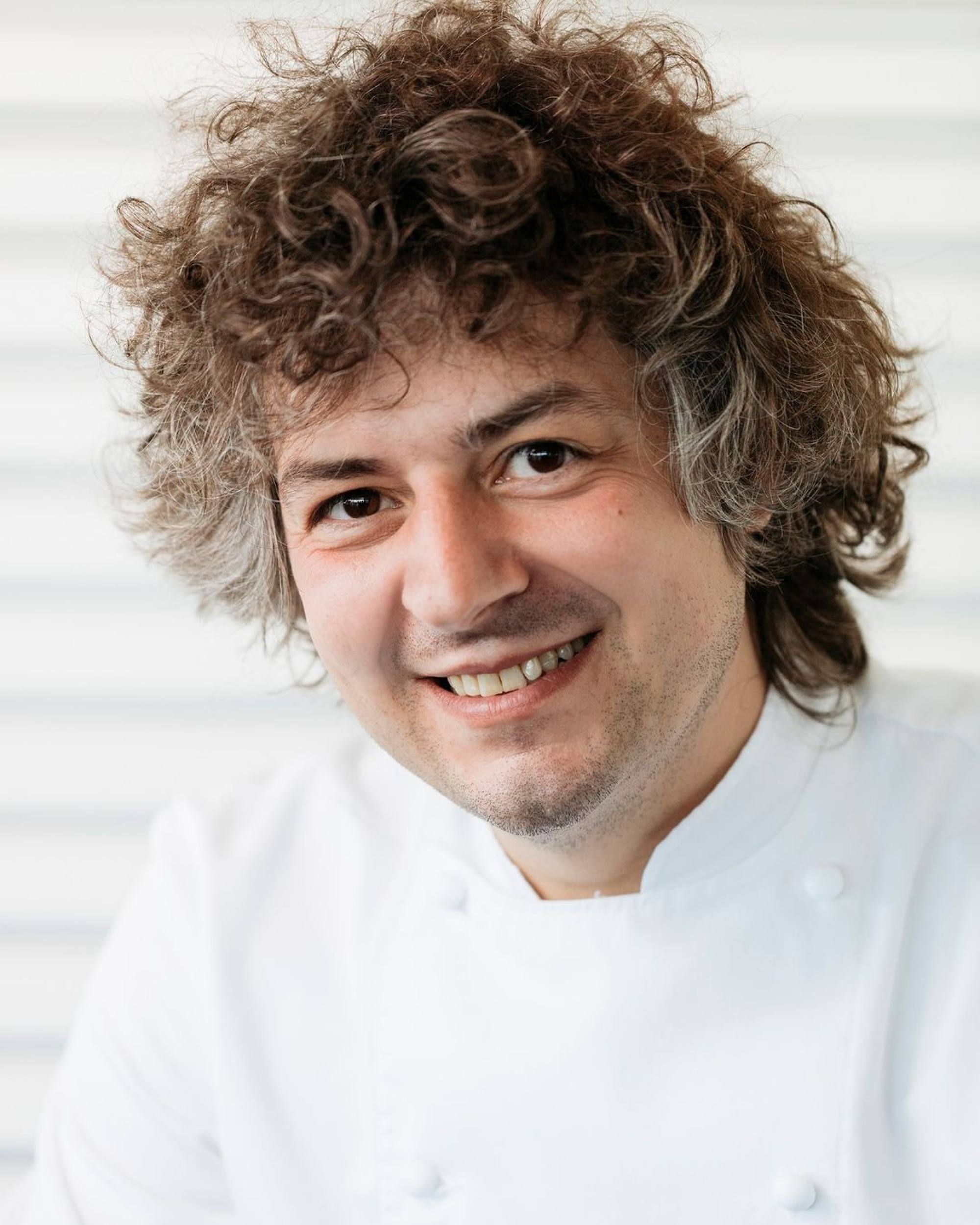
For his pasta and breads he uses flour milled from ancient local grains, which brings a nuttiness and depth of flavour to his dishes.
The local heirloom variety is much taller than most commercially grown wheat, growing to shoulder height. It has deep roots that access water and nutrients far down into the soil, so it requires less watering and no fertiliser.
It is also more resilient, and does not need pesticides, according to miller Alberto Angeli, who mills the grains into flour using his traditional stone grinder.
“Supporting local produce, rather than importing luxury ingredients, is important because, as chefs, we can represent our location and its flavours better,” says Cassanelli. “This gives your local community more visibility, and gives guests a better experience as they are more aware of what’s around them.

“Chefs have a responsibility. They are given a platform and should inspire the next generation and share the importance of sustainability with their wider teams and guests.”
Also on the menu at Lux Lucis are wines by Ivan Giuliani, who grows ancient grape varieties for his low-intervention Terenzuola brand.
Guiliani works in partnership with Professor Giancarlo Scalabrelli at the University of Pisa, who for 15 years studied the grape varieties of the region stretching back to Roman times.
Most ancient vines were lost to the phylloxera plague of the late 1800s, which wiped out vineyards across Europe. Giuliani has combed the region and recovered 256 native vines, including Nera Piccioli, of which there was only one plant left.

He is cultivating these vines, trying to increase stocks and ensure genetic material is not lost forever.
“It takes a mad, crazy man to invest his money and time in this, yes, but I see it as a service to the next generation,” says Giuliani.
He blends grapes from pre-phylloxera vines that date back to 1887 with Black Vermentino and Massaretta in his bold and structured Forma Alta wine.
One full row of vines at his organic vineyard in Fosdinovo is the little-known Ruzzese (also called Rossese and Rossese Bianco) grape.
Winemakers from Europe to Australia and China seek best climate change grapes
Popular in the 1800s, the grape’s naturally high acidity ensured it went out of fashion when preferences changed to more full-bodied, viscous wines, and it was almost extinct by the end of the 20th century.
Now, as rising temperatures reduce acidity and increase the sugar content of grapes, Ruzzese is an elegant option for Giuliani. He includes the grape with Bosco, Vermentino and Albarola in his Cinque Terre label, which balances floral and honeyed notes with a saline minerality.
“It brings a natural fresh acidity to my blend,” he says. “It’s amazing to be able to use this old grape variety again.”
While many chefs who source locally are having to change how they work due to climate change, others are largely managing to avoid the effects.
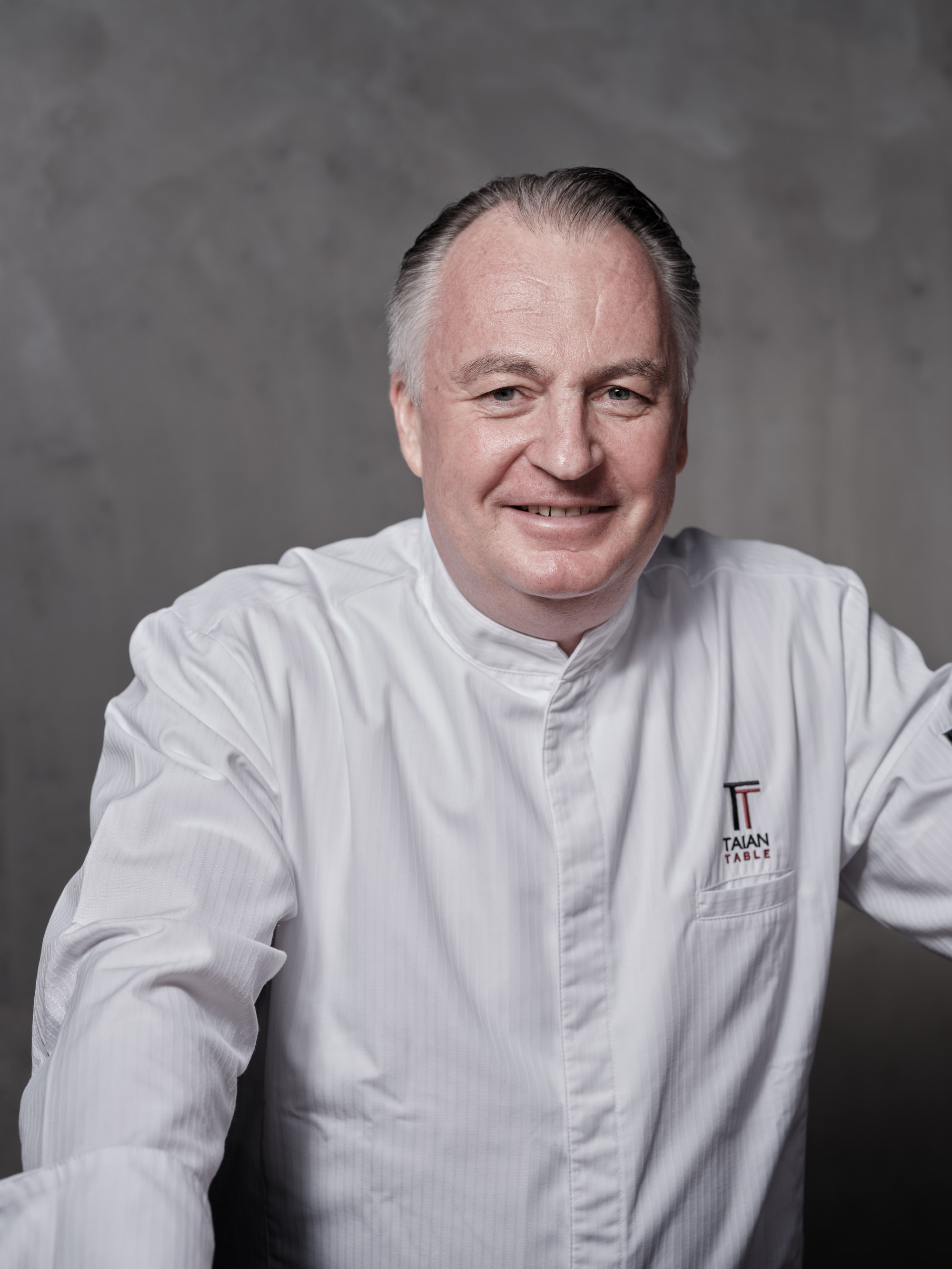
Sometimes it comes down to what “local” is taken to mean – if it encompasses an entire country, then when it comes to China, “local” is expansive indeed.
Stefan Stiller, chef-owner of Shanghai restaurant Taian Table, which has three Michelin stars and a green star for sustainability, plus another two-Michelin-star branch in Guangzhou, says he can outmanoeuvre supply-chain challenges, whether caused by climate change or other issues, because China is so immense and has so many climates, making produce accessible for much of the year.
He also changes his menu every six weeks, which allows him to adjust quickly according to supply.
More frequently, he is able to source niche ingredients for Taian Table, which serves European classics with an Asian twist, closer to home. Even celeriac, which is not used in Chinese cuisine, is available in the mainland throughout the year.
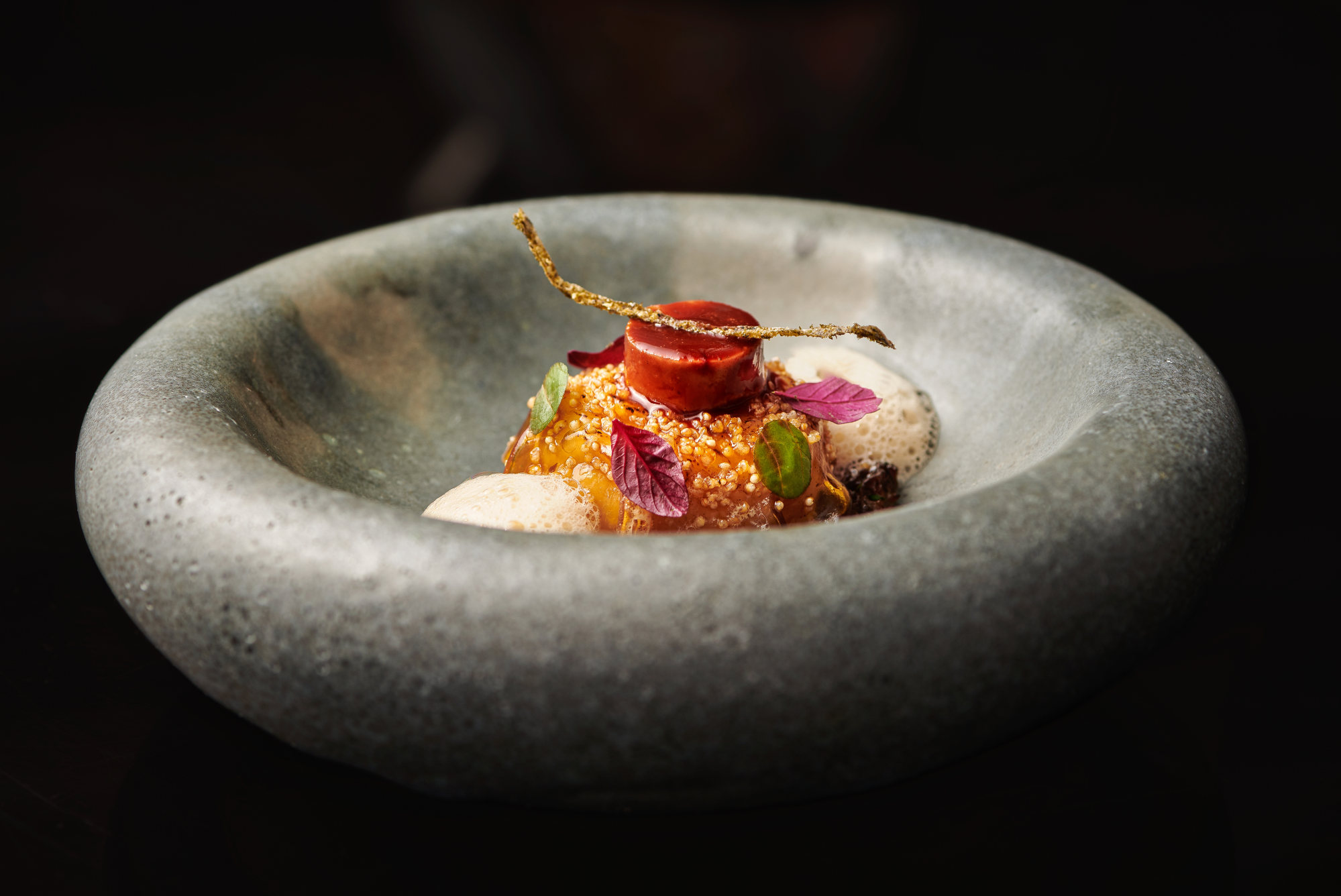
“Things have changed in the last 15 years,” says Stiller, who opened Taian Table in Shanghai in 2016 but has been in China since 2004. “Vegetables such as artichokes are grown here for Western restaurants. If there’s demand, farmers will grow it.”
His sourcing will become more local this year. He is talking to farmers in Zhejiang province and Chongming Island, near Shanghai, to set up organic greenhouses to grow produce specifically for his restaurants.
Jung Ha-wan, chef-owner of Gigas in Seoul, South Korea, is, like Stiller, protected from the vagaries of produce supply by an inbuilt agility when it comes to the menu. But in Jung’s case, he changes what he serves in his 15-seater sometimes every day.
Almost all of the plant produce he uses comes from his own family farm in Gunpo, about 30km (18 miles) south of Seoul, so he cooks whatever is ready.
“I follow only the seasons of my farm; what is available or not in other markets has no impact on me,” he says. “If I have great carrots, I think about how I can make the carrot the hero of the plate. If I need 15 carrots, I bring 15 carrots from the farm.”
The restaurant was awarded Michelin’s green star for sustainability last year, making it one of only three to earn this distinction in South Korea.
When I first opened Gigas, no one understood what I was doing, but I ignored this. Now, my guests say my food reminds them of their grandmother’s cookingJung Ha-wan, chef-owner of Gigas in Seoul, South Korea
Jung spent more than a decade working in some of the finest kitchens in Europe and the US, including as head creative chef at the now-closed three-Michelin-starred La Vie in Germany, before returning to Seoul in 2021.
He had planned to open a farm-to-table restaurant with sustainability pioneer Norbert Niederkofler in the Italian Dolomites, but the Covid-19 pandemic put paid to that idea. He returned instead to his home country and opened a modern Mediterranean kitchen, as this style of cooking “showcases the farm-to-table approach best”.
It took some time for his approach to be appreciated.

“When I first opened Gigas, no one understood what I was doing, but I ignored this,” he says. “Now, 90 per cent of my guests are more than 50 years old. They say my food reminds them of their grandmother’s cooking.”
Many chefs facing the effects of climate change promote a return to how we used to farm before the days of industrialised agriculture – not an impossible dream of recreating a lost paradise but a reform of the food system that respects the realities of nature.
While industrialised agriculture was an attempt to simplify the growing process and thereby boost yield, simplification is not a long-term solution. Life on our planet is complex and evolving.
“We need a radical vision of our future,” Colagreco says. “We need to understand nature and help it to reactivate and adapt. Everything is interconnected and every life on our planet has the potential to contribute a solution for climate change. That’s why we have to protect it.”

